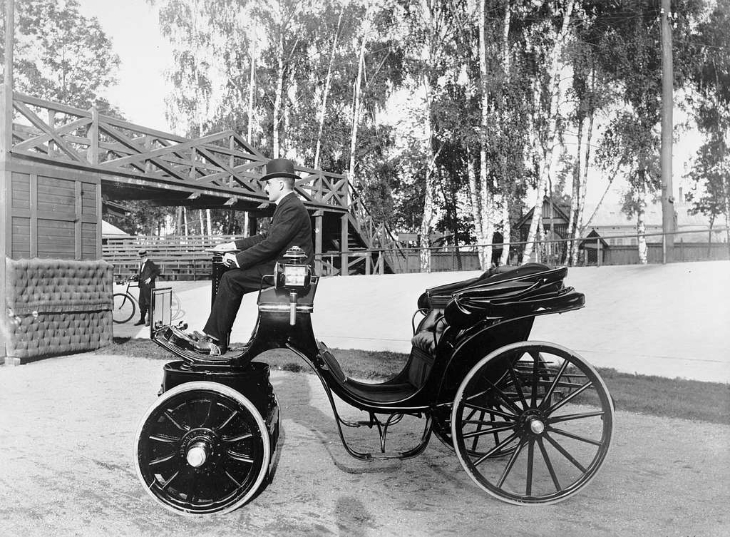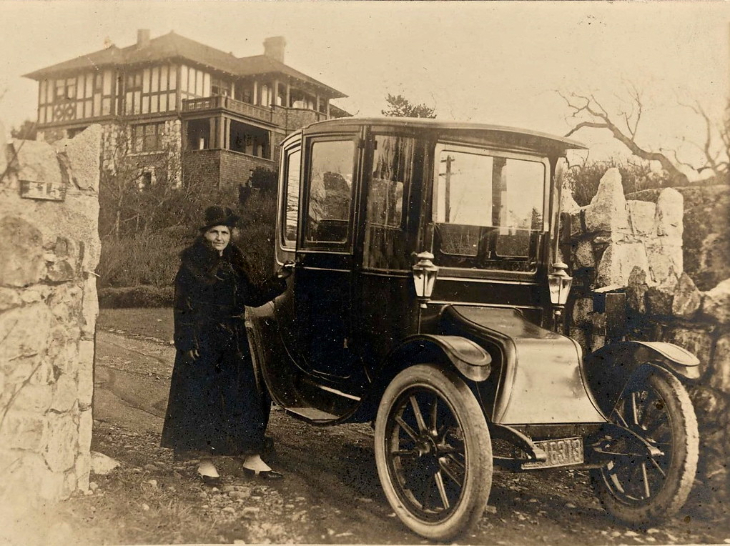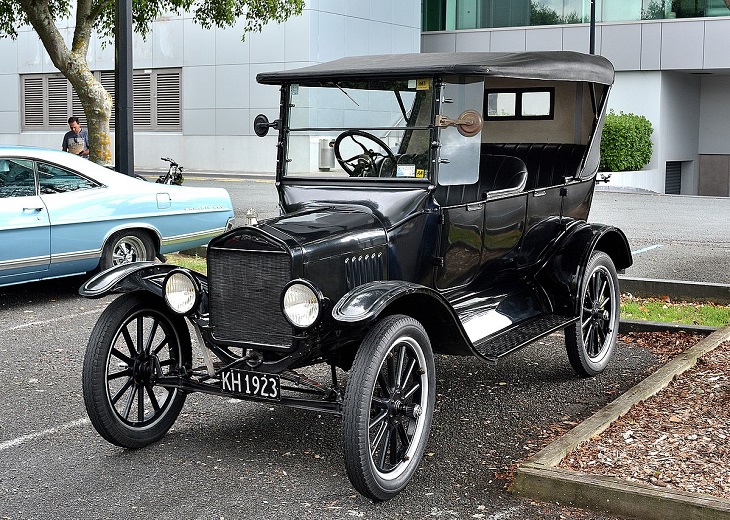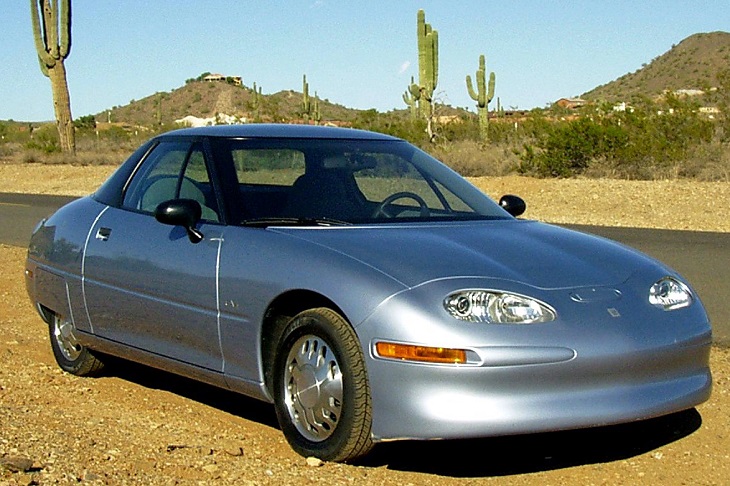
Humanity discovered electricity in 1752 with Benjamin Franklin‘s famous kite and key experiment. The world's first true battery was invented about half a century later, in 1800, by the Italian physicist Alessandro Volta. These two events kick-started the industrial revolution, which quickly brought about the steam engine. But with the discovery of electricity and the invention of batteries, electric engines were supposed to be the natural outcome. You may be surprised to know electric cars did start popping up here and there in the first quarter of the 19th century.
By the late 19th century, they were already in wide use. Then why have we never heard of 19th-century electric cars? How come the electric car didn't always dominate the market? This article will dive deep into that first chapter of electric car history, its rapid rise to fame, and its fall.

Just like the story of the first ever sewing machine, it is hard to pinpoint one specific inventor or invention that marked the first ever electric engine, or even the first ever electric car. Many different independent inventors started developing their electric engines as early as the 1830s and 1840s. These engines were not yet powerful enough to carry a full-sized horseless carriage and were meant for personal use, but sure enough, these were the prototypes of the electric car.
Electric cars got into the market at about the same time gasoline-powered vehicles did. In 1900, about 40% of the cars on the road were electric, 20% were gas powered, and another 40% of the cars were powered by steam in the US alone. Electric cars were considered superior to their competitors but weren’t as widespread because they were more expensive.

Dr. Evlyn Farris and her Baker Electric Car in 1919/ Source
Steam engine cars required a heavy load of coal, oil, and water, and it took 30 to 45 minutes to start the engine. They also sometimes exploded from the heat required to generate steam. With the sound of constant combustion, gasoline-powered cars were loud, emitted a foul smell, and were considered laborious and even dangerous to operate since they required cranking to start the engine, and switching gears was no easy task.
The electric engine had none of those major disadvantages. It was clean, safe, quiet, and convenient to operate - it started with the flick of a switch, not to mention how kind E-cars were for the environment – no loud noises, no foul smells, and no horse manure.

Electric car and first motor vehicle built in Canada, 1912/ Source
Dozens of electric car companies started popping up around the world one after the other. In New York in 1896, there was even a 60-car fleet of electric taxis. There were many different models and sizes on the market; back then, they all averaged a maximum speed of 15 mph. They would range from 35 to 88 miles per charge.
These relatively short distances were perfect for the conditions at the time – there were poorly paved roads connecting cities, so car commutes weren’t long and generally took place inside the city. You could easily find your next charging port, and there was simply no demand for longer distances.
In 1884 in England, a local inventor by the name of Thomas Parker even invented an electric car model with a built-in steam engine for battery charging on the go.
Ferdinand Porsche, the founder of the worldwide luxury sports car firm, developed an electric car in 1898. He called his model P1. You can see a modern rendition of it in the video below:
Ironically, as technology progressed, the electric car became less and less relevant. Let’s take a look at some of the historical events that led to the gasoline engine ruling the world for decades.
Crude oil discoveries lowered the price of gas significantly. Improvements and additions to combustion engine cars, such as mufflers to reduce noise and improvements to reduce the car's vibrations made it more convenient to operate and ride.
All over America, roads were being paved, connecting city-dwellers into the wilderness. The rides were long and there were no charging ports for electric engines, which made a combustion engine car your key to escaping the city. Very few Americans who lived outside cities had electricity at the time.

1923 Ford Model T/ Source
In 1908, Henry Ford started manufacturing his model T via a production line. This car was marketed as cheap, reliable, and accessible to the masses. Just a few years later, the electric starter was invented, thus eliminating the need for cranking your combustion engine. That year, the price of an electric car was more than twice the price of a gas engine car.
Advertising became more and more gendered, rendering electric cars an easily operable choice for women only. Combustion engine cars were marketed as the masculine choice, fit for men. At the time, men were the ones with the money, and they were the ones running the economy. Suddenly, electric cars were considered problematic, heavy, and expensive.
Civilians in big cities opened exchange points, where one could swap a dead battery for a newly charged one, but as there were no municipal or government-installed charging ports throughout the country, this was not enough.
All of this led to the final disappearance of electric cars by 1935.
 General Motors' EV1/ Source
General Motors' EV1/ Source
Some decades into the future, around the 1970s, gas shortages and environmental awareness brought the revival of electric cars, mainly in the form of the General Motors EV1.
Still, they never quite regained their popularity and superiority of yonder days. But nowadays, we are witnessing a new wave of popularity for electric cars. Whether they are indeed the best option and whether they will regain their rule over the market remains to be seen.